The Netflix dilemma – Overcoming the paradox of choice
Choosing things can be hard. And when presented with an absolute ocean of possibilities to choose from – it can be really, really hard. I’m sure we’ve all experienced a time when we’re sitting on the couch – super keen to watch something but then the supposedly simple process of selecting a video involves scanning an endless number of options and quickly becomes annoying, then frustrating and eventually really fatiguing.
This phenomena is now recognised as a serious challenge to the User Experience in the Video on Demand (VOD) industry, and is often referred to as ‘The Paradox of Choice’. Ie: The more options we have to choose from, the longer it takes us to make a choice, the more stressful it becomes to make a choice, the less likely we are to choose anything at all, and the less happy with are with our eventual decisions. Here’s a few articles talking about this phenomena (show-verload? Hilarious) more generally, link 1, link 2, link 3.
So while working for a company that was a major player in the VOD space, I was asked to carry out some research into this most fundamental of problems: helping users answer the question of: ‘What do I watch next?’
This particular UX challenge is replicated across a host of digital industries, from music streaming, video streaming, even books, blogs, news outlets, etc… In all these cases there is an ocean of content to consume, but limited attentional bandwidth and a viscous, fast-moving war for our eyeballs and spending. And, as we’ll discover in this article, there are surprising mental phenomena that go on when we engage in these processes, and there is a rich and well established literature and body of knowledge about how we make these decisions. Finally, I propose an approach to this problem that leverages our fundamental cognitive architecture to make the process much, much easier – based on these insights.
Let’s start with an example from a different domain. Imagine you’re a boss and are given three CVs and asked to decide on one candidate to hire – using nothing but the information on the CVs. How would you go about making the decision of who to hire?
Would you start reading one in detail all the way through, and then do the same for the second and then third one? Or would you quickly glance over all three to start off with and then start focusing on details? What happens if an applicant rates poorly on one attribute but scores extremely highly on several others? Can the good attributes outweigh the negative one? These are all valid and commonly used approaches in decision making.
And now imagine you are given 300 CVs with the same request – pick one person to hire by the end of the day. Would you use the same methods as when you only had three options? Perhaps you would go through and eliminate a number of CVs based on a single and important factor (eg: drivers licence). In this case you don’t have time to weigh up other potentially outstanding attributes that may outweigh this requirement – so this is immediately a very different type of process. Perhaps really superficial judgements would suddenly start make an impact – do you like the font or the quality of the paper? Perhaps you would go through and for each CV make an overall score – and then come back and rank them all by score later. In all likelihood you would employ different process at different stages of the task – which again – is different to the first time when you only had three options.
So we can see that there are a number of different processes involved, and the processes are affected by circumstances; such as the number of CVs – and which stage of search you are in.
Furthermore, there’s a stack of research that has shown that having more choices actually stresses us out, often results in poor decision making and we are less happy with our final choices than if we had fewer options. This phenomena is often referred to as ‘The Paradox of choice’.
So how do we make decisions when faced with lots and lots of options – and how can we, as designers, make this process easier for people? Let’s have a look.
The goals of decision making
When making a decision users have two different motives:
1. To be accurate. We want to make the right decision.
2. To conserve mental resources. We want to expend as little effort (and time) as possible. (This is often referred to as ‘the cognitive miser’– our brains are usually very, very lazy.)
These two goals are fundamentally opposed and are constantly competing with each other throughout the decision making process. The relative strength of these two motives can also be strengthened or weakened by various situational factors.
What we know about about decision making
At this point it is useful to examine a little bit of the background of some of the major schools of thought in this area. Up until the 60s and 70s much of psychology, and indeed behavioural sciences such as economics and even marketing, assumed that people used rational processes when making decisions. The term ‘Homo Economicus’ was developed as a term to describe a hypothetical person that always acts rationally, according to all available information at all times, choosing actions that maximise their own good. In psychology the model developed to describe this process was labeled ‘rational choice theory’
But in the 60s this view began to be questioned as we realised that not only do we not behave very rationally sometimes – but instead can exhibit specific, repeatable biases in our decisions that are obviously NOT the result of a rational process. These kinds of decisions are usually the result of heuristics. Heuristics are simple rules of thumbs – kind of cognitive shortcuts – that we use to help us make decisions when we could not be bothered thinking deeply about something – which is most of the time – ie: the result of the cognitive miser.
So since the 70s more focus has been paid to the nature of the processes themselves and an endless list of fascinating heuristics have been uncovered that seem to determine much of how we perceive, make decisions and navigate the world. In the field of study of decision making this school of thought is referred to as ‘behavioural decision theory’ and no longer assumes we are rational – and instead includes the study of the fundamental biases and irrationality in our behaviour.
Heuristics
Heuristics are at the core of a lot of modern research into human behaviour. It turns out we have a LOT of ‘weird little rules’ that we seem to follow – sometimes when we don’t want to expend the cognitive effort of thinking something through – and sometimes we seem to use them regardless of effort – they seem to short circuit our ability to think logically.
For example: A famous and very common heuristic is called the ‘Anchoring effect’. This suggests that the first piece of information we get is weighed much more heavily in our decision making process than subsequent pieces of information – regardless of their actual relative importance. You might know this as ‘first impressions’.
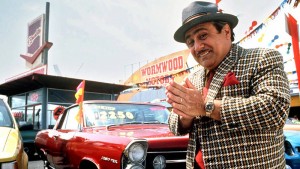 This Heuristic is commonly used in sales and marketing where the first price mentioned ‘Anchors’ the remaining negotiation. So the seller will initially suggest a very high price – and then all subsequent lower offers will seem reasonable by comparison – even if still more than what the item is worth. This is a classic heuristic – a simple rule that our minds use without our really being aware of it. This rule can work in many cases – first impressions can result in an accurate picture of reality sometimes – but not always – and can sometimes be weaponised against us.
This Heuristic is commonly used in sales and marketing where the first price mentioned ‘Anchors’ the remaining negotiation. So the seller will initially suggest a very high price – and then all subsequent lower offers will seem reasonable by comparison – even if still more than what the item is worth. This is a classic heuristic – a simple rule that our minds use without our really being aware of it. This rule can work in many cases – first impressions can result in an accurate picture of reality sometimes – but not always – and can sometimes be weaponised against us.
As an interesting aside – this is great place to get an idea of the number – and types – of heuristics that we are subject to: http://en.wikipedia.org/wiki/List_of_cognitive_biases
In the following sections, we will be looking at a few rules and heuristics that are presumed to impact on our decision making processes in situations of abundance.
Types of decision making processes
Researchers have proposed, over the years, an increasingly long list of heuristics that describe specific decision making processes. For those interested in a slightly more in depth discussion of this stuff, I’m going to write a more ‘nerd-out’ post about this soon… But for now we’re going to keep this light-touch.
At different times we seem to use different methods of making decisions. Some are more involved, and use more mental resources, than others – which are more light-weight and fast. For example, below are two classic and seemingly often used models of decision making.
Weighted Additive Rule (WAdd)
The user considers each alternative – one at a time. While evaluating, the user goes through and considers all the relevant attributes and generates overall ‘score’ for this alternative based on all these attributes. However, in this particular model, while each attribute of each alternative is evaluated, the relative probability, or weighting, of each attribute is not considered. So you might give a car a tick for having 4 air-bags – but you are not taking into account the probability of having to use these considering the fact that you nearly always drive alone.
It takes a lot of concentration and motivation to make these kind of decisions. But if you were super motivated – like you were going to buy an expensive and important item such as a car – and had to decide on which one, you might engage in a process something like this.
Characteristics of this type of process:
- Computationally high-effort.
- Order of items is irrelevant.
- Quite thorough.
- This is often used as a kind of ‘gold standard’ to which other heuristics are compared.
Now let’s look at an example of a heuristic at the other end of the spectrum. Imagine you get home from work and just want to quickly throw something up on the TV. You don’t care too much about the quality- you just want something on as you make dinner. In this case you are likely to engage in a very different process – perhaps something like the Satisficing Hueristic.
Satisficing Heuristic (SAT)
This is a famous model. Here, you would set a satisfaction threshold for a variable (eg: I want something a bit exciting) and then for each item you encounter, in random order, compare that variable of the item to your specified threshold until an option is found that meets that threshold. As soon as you find an option that meets your threshold – that is your choice. If no option is found that meets the threshold, thresholds are lowered and the search is repeated. A very simple cognitive process. But note: no two items are ever compared to each other. And the order of items will effect the outcome!
Characteristics of this type of process:
- Low engagement / lean-back experience.
- No items are compared to each other.
- The order of items effects process.
a
So how and when do we use these different rules?
In general it has been shown that people are incredibly flexible and adaptive when using search processes. It is likely that people will use different processes in different contexts and situations and also potentially change between processes within one search. While this may appear daunting in terms of trying to predict or control or assist any given process – it also means that people are good at adapting – which means that we may be able to guide them towards certain processes by supplying certain information or making other adjustments to the interface.
Here are some factors that have been shown to affect which processes people employ to make decisions:
- The number of items available.
- Context.
- The presence of other people.
- Individual differences (personality, habits).
- Learnt experience.
Let’s have a look at a few of these in more detail:
Number of items
Research suggests that we use quite different strategies when choosing between two alternatives and many alternatives.
Two alternatives
When there are two (or a small number) of alternatives – we are far more likely to use deeper processing to make a decision. Specifically we are more likely to examine more variables of each and consider the variables more deeply than when there are many alternatives.
Many alternatives
In this case we lack the resources to perform the algebra required for so many alternatives so instead we rely on less accurate, cognitively less demanding approaches – ie Heuristics. These will get us a result – but the process is likely to be subject to various flaws and inaccuracies.
Shifting Strategy
People will frequently shift between different processes while making a decision. Typically shallower, more heuristic based processes are used early on in order to eliminate a large number of options, and the later in the process more elaborative and analytical processes are used to select between the last few possiblities.
The final choice
Once a shortlist is made of the most viable options, more information is sought about each option in order to aid in the final round of evaluation. Often this information is of variables that have not been considered yet in the previous parts of the process.
Social facilitation
We are hugely influenced by other people or even just the presence of other people. It’s been shown that when other people are present, we become much more motivated to be accurate in our decisions – we become less cognitively lazy and are therefore likely to engage in much more thorough and elaborative search processes. I’m sure you spend more time picking a movie when you want to entertain a bunch of people or your date on a Saturday night than when you just get home and want something on in the background.
a
Design guidelines (and precedents)
Ok – so we now know a bit about how people make decisions in conditions of abundance. So the question is – how do we help them with this decision? How do we offload some of the cognitive processing (don’t make me think…) and present the right amount of information at the right time to help people make good (or at least better) decisions.
Support comparison with current favourites
We can support users making comparisons between a current favourite and then next item (known as the Add-Diff rule) by displaying the current favourite choice(s) whilst users browse further potential items. Perhaps this only need be one choice – perhaps the top two or three? This is likely to encourage deeper processing of each item because Working Memory is freed up from having to remember the attributes of the current dominant item.
Support the elimination of many items via a criterion
Essentially this means implement filters. Allow users to sort or filter by more parameters – which parameters are used to make decisions? Ratings? Watched by friends? Reject a certain genre – eg: RomCom?
Display item attributes, particularly in shortlists
It is hard to know at this point how much of the ‘what do I watch now’ decision is based on Quantitative or Qualitative item attributes. However we can support the comparison of items based on qualitative values as well as more qualitative decisions (packshot display). Specifically these kinds of processes are likely to be used more in the final selection from a short-list. When viewing ‘favourites’ or similar – support the simultaneous display of many attributes of the top 3 choices.
In particular – I suggest social ratings or reviews at this point – emotional and trust based networks to confirm choice.
Design solution
Create a dynamic shortlist
So now that we know all that – how can we use this to help our users make decisions? Well for the case of a VOD system, it might look something like the following. Detailed here is a high-level concept outline for a dynamic shortlist that supports all the recommendations above. It allows the users to:
- Nominate 3 items as shortlisted.
- Replace each item quickly and easily while browsing.
- Keep the shortlist items in view while continuing to browse.
- View items in increasing detail as the number of options decreases.
a
a
a
So there you have it. A simple, elegant design solution that supports our cognitive processes and available capacities to make it easier to select a movie amongst many titles. And as we saw, some designs are already supporting some of these kinds of processes, but we could be doing a lot more to help people make difficult decisions and solving the problem of ‘what do I want to watch next’?
a
a
References
Dahlstrand, U., & Montgomery, H. (1984). Information search and evaluative processes in decision making: A computer based process tracing study. Acta Psychologica, 56(1), 113-123.
Dieckmann, A., Dippold, K., & Dietrich, H. (2009). Compensatory versus noncompensatory models for predicting consumer preferences. Judgment and Decision Making, 4(3), 200-213.
Ford, J. K., Schmitt, N., Schechtman, S. L., Hults, B. M., & Doherty, M. L. (1989). Process tracing methods: Contributions, problems, and neglected research questions. Organizational Behavior and Human Decision Processes, 43(1), 75-117.
Lau, R. R. (2003). Models of decision-making. Oxford handbook of political psychology.
Lohse, G. L., & Johnson, E. J. (1996). A comparison of two process tracing methods for choice tasks. In System Sciences, 1996., Proceedings of the Twenty-Ninth Hawaii International Conference on, (Vol. 4, pp. 86-97). IEEE.
Payne, J.W et al. (1993). The Adaptive Decision Maker. Campbridge University Press.
Schulte-Mecklenbeck, M. (2005). Tracing the Decision Maker. PHd manuscript, University of Fribourg.
Sundström, G. A. (1987). Information search and decision making: The effects of information displays. Acta Psychologica, 65(2), 165-179.
Svenson, O. (1979). Process descriptions of decision making. Organizational behavior and human performance, 23(1), 86-112.
Young, R. (2011). How Audiences Decide: A Cognitive Approach to Business Communication. Taylor & Francis.

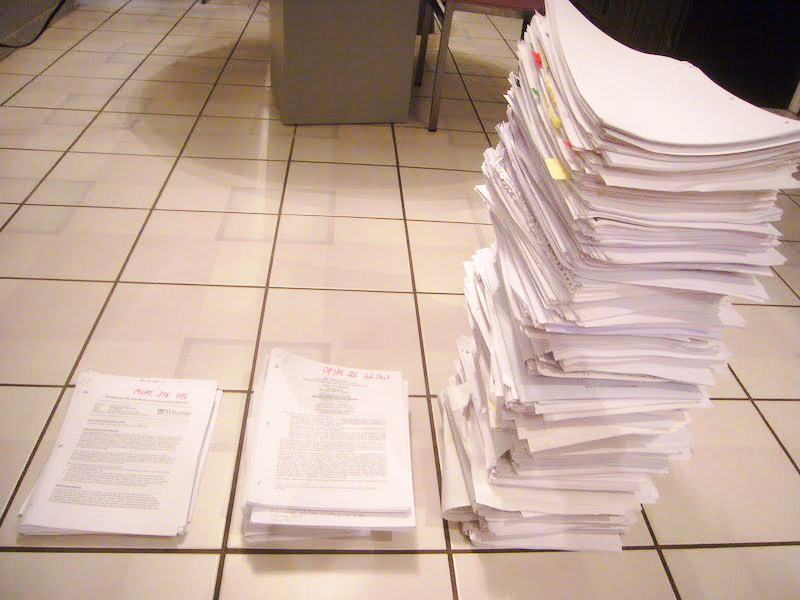

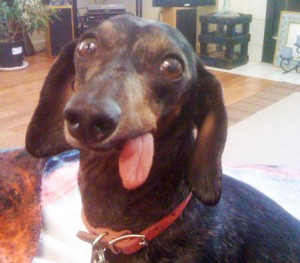

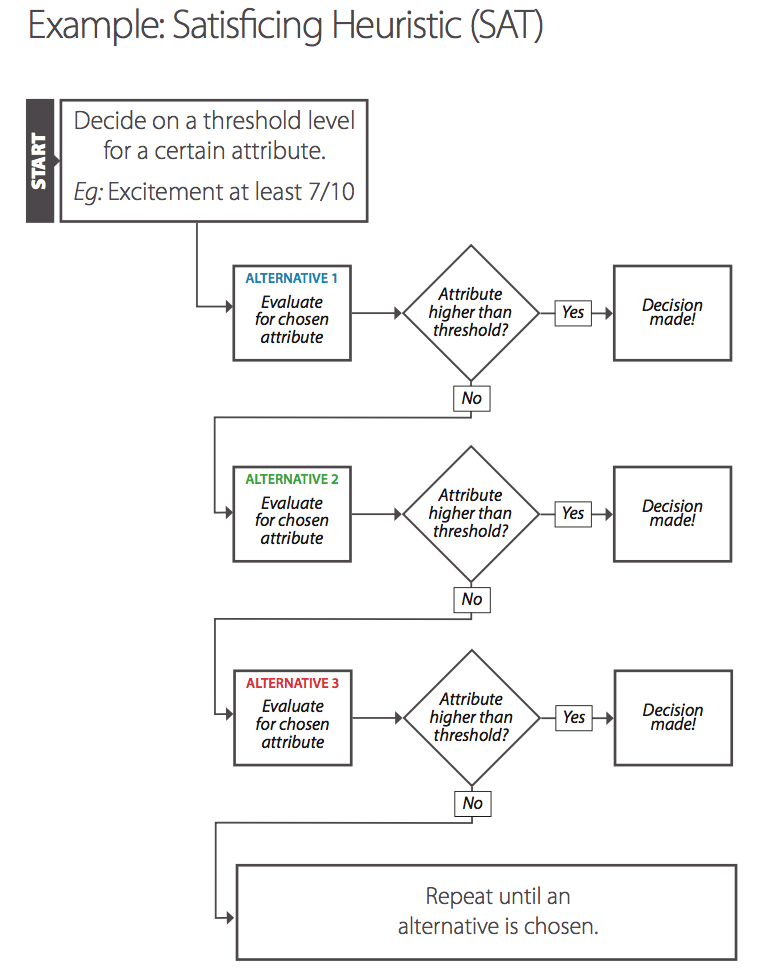

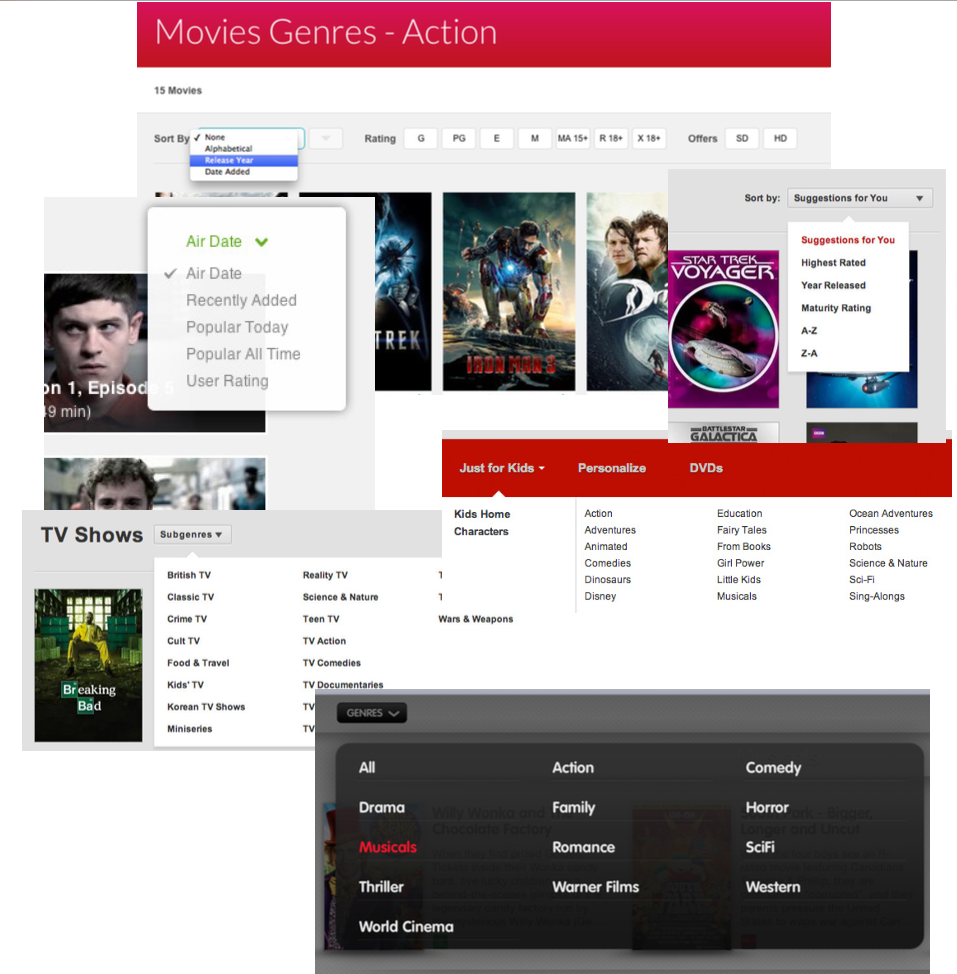
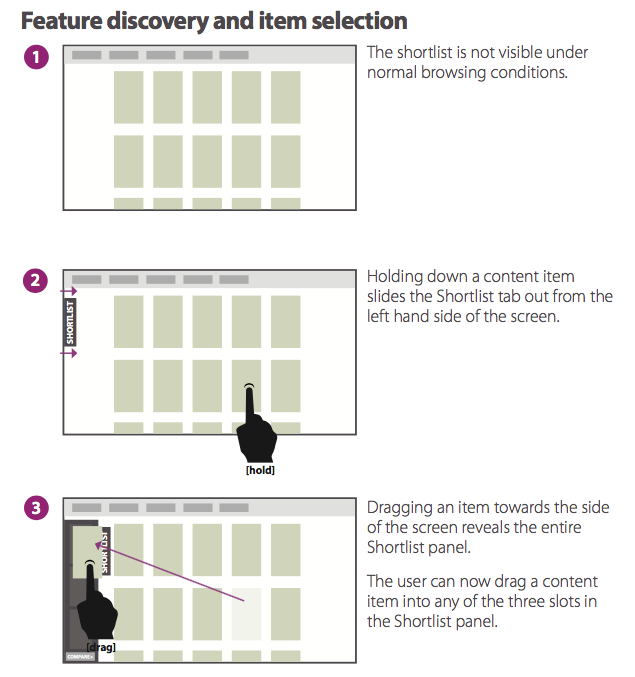

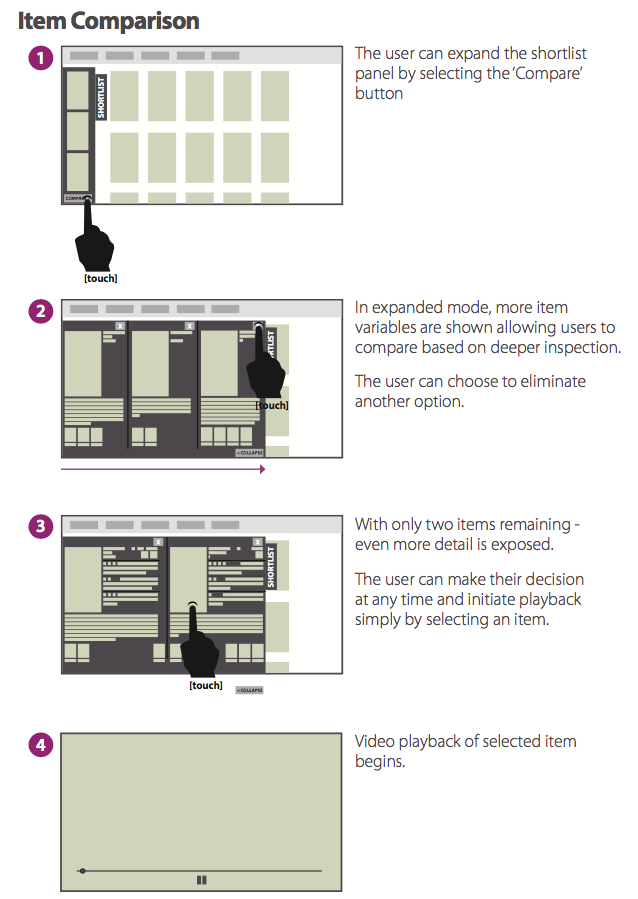
 Address: 11 Silva St, Tamarama, Sydney, Australia
Address: 11 Silva St, Tamarama, Sydney, Australia Phone: +61 2 (0) 404 214 889
Phone: +61 2 (0) 404 214 889 Email:
Email: 